This year, we have welcomed twenty new members to our Advisory Board. Learn about each member below.
 |
Brendan Abrahams, University of Melbourne, Australia. Professor Abrahams graduated with a PhD in 1989 working in the area of cadmium and mercury coordination chemistry. He was appointed to ongoing teaching-research position within the School of Chemistry at the University of Melbourne in 2004. In addition to coordination polymers his current interests include supramolecular chemistry and crystal engineering. |
 |
Raffaella Buonsanti, EPFL, Switzerland. Professor Buonsanti’s group works at the interface of materials chemistry and catalysis; they focus on developing a fundamental understanding of the chemistry behind the formation of colloidal nanocrystals and they use them as controlled and tunable electrocatalysts for the conversion of small molecule into value-added chemicals |
 |
Jyotirmayee Dash, Indian Association for the Cultivation of Science, India. Professor Dash’s research interests are synthesis of natural products, the self-assembly of nucleobases and the recognition and regulation of nucleic acids. |
 |
Sujit Ghosh, IISER Pune, India. Professor Ghosh’s major research areas include Luminescent MOFs, Chemical sensors, Pollutants capture, Ion exchange materials, hydrocarbons separation etc. suited for potential applications in the chemical industry and environmental issues. |
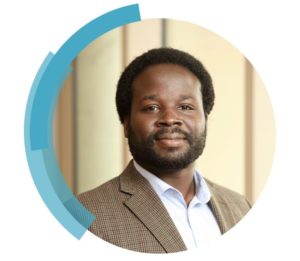 |
Robert Gilliard, University of Virginia, USA. The Gilliard laboratory focuses on understanding structure-function relationships in main-group thermochromic, luminescent, and radical materials, as well as the structure and reactivity of low-valent main-group organometallics. |
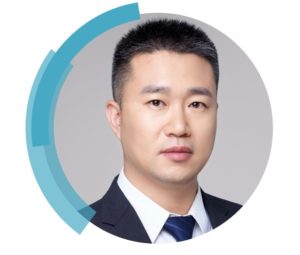 |
Shaojun Guo, Peking University, China. Professor Guo holds a BS in Materials Chemistry from Jilin University and a PhD in Analytical Chemistry from Changchun Institute of Applied Chemistry, Chinese Academy of Sciences. His current research interests are nano/sub-nano/atomic materials for catalysis and energy applications. |
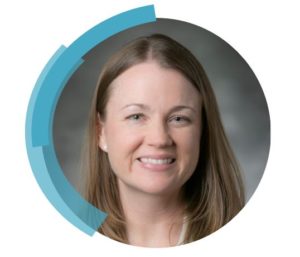 |
Amanda E. Hargrove, Duke University, USA. Professor Hargrove earned her Ph.D. in Organic Chemistry from the University of Texas at Austin followed by an NIH postdoctoral fellowship at Caltech. Professor Hargrove’s laboratory focuses on developing small molecule probes to investigate the structure and function of RNA molecules relevant to human disease. |
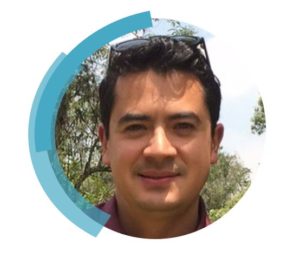 |
Ilich A. Ibarra, National University of Mexico, Mexico. Professor Ibarra moved in 2014 to Universidad Autónoma de México working as an Assistant Professor. In 2017 he was promoted to Associate Professor. In 2019 he was awarded with the “Young Investigators Award in Exact Sciences”, UNAM, Mexico. |
 |
Silvia Marchesan, University of Trieste, Italy. Professor Marchesan’s research interests lie at the interface between chemistry, biology, and materials science for the development of innovative solutions through the design of nanostructured systems with an eye to the environment (www.marchesanlab.com). |
 |
Alexander J. M. Miller, University of North Carolina at Chapel Hill, USA. Professor Miller’s research group takes a mechanism-guided approach to the design and discovery of molecular catalysts for sustainable chemical and fuel synthesis. |
 |
Ellen Sletten, University of California, Los Angeles, USA. Professor Sletten began her independent career at UCLA in 2015 and has established an interdisciplinary research program that leverages the tools of physical organic chemistry to create new therapeutic and diagnostic technologies. |
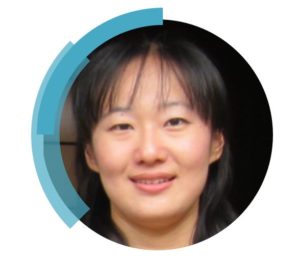 |
Mizuki Tada, Nagoya University, Japan. Professor Tada was appointed full professor at Nagoya University in 2013. Her research interests are the areas of heterogeneous catalysis, coordination chemistry, three-dimensional imaging of solid materials using hard X-ray spectroscopy. |
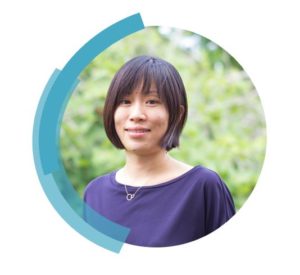 |
Judy Wu, University of Houston, USA. Professor Wu’s research interests span physical organic chemistry, photochemistry, and supramolecular chemistry. Judy was the recipient of an NSF CARERR award, an NIH-MIRA award, and a Sloan Research Fellowship. |
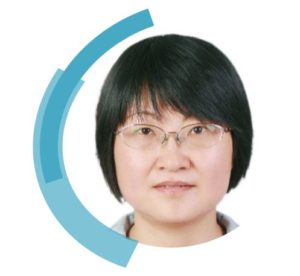 |
Yi Xie, University of Science and Technology of China, China. Professor Xie is a recipient of several awards, including L’Oréal-UNESCO for Women in Science Awards, TWAS Prize for Chemistry, IUPAC Distinguished Women in Chemistry/Chemical Engineering, Nano Research Award. Her research interests focus on the design and synthesis of inorganic functional solids with efforts to modulate their electronic and phonon structures. |
 |
Qiang Zhang, Tsinghua University, China. Professor Zhang’s current research interests are advanced energy materials, including dendrite-free lithium metal anode, lithium sulfur batteries, and electrocatalysis, especially the structure design and full demonstration of advanced energy materials in working devices. |
 |
Wenwan Zhong, University of California, Riverside, USA. Professor Zhong’s research is devoted to develop innovative bioanalytical techniques to advance the understanding on how biomolecules function and to improve disease diagnosis and treatment. |
 |
Eli Zysman-Colman, University of St. Andrews, UK. Professor Zysman-Colman’s research program focuses on the rational design of: (I) luminophores for energy-efficient visual displays and flat panel lighting based on organic light emitting diode (OLED) and light-emitting electrochemical cell (LEEC) device architectures; (II) light harvesting dyes for dye-sensitized solar cells (DSSCs) and organic photovoltaics; (III) sensing materials employed in electrochemiluminescence; and (IV) photocatalysts for organic reactions. |
|
*Appointed but not pictured: Lifeng Chi and Arindam Chowdhury |
Read the collection of high-impact articles from our new members: https://rsc.li/advisoryboard2020 Free to access until 21st August.